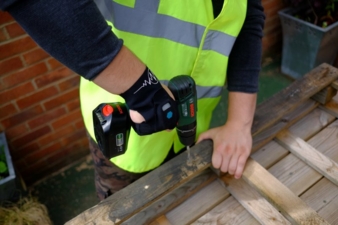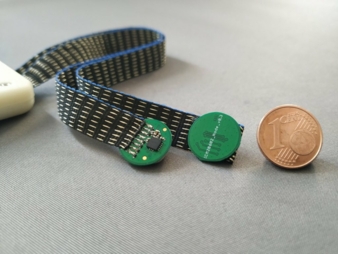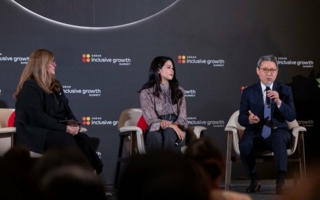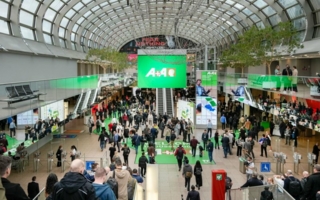19/10/2021 – Project Bionic — auf Deutsch lesen
Sensor technology and AI for smart workwear
With the EU research project “Bionic”, concepts for a lightweight, wearable system for daily work routines are being devised and tested.
Many employees suffer from workplace-related ailments. Commonly, these include musculoskeletal strain injuries arising from repetitive motions or awkward postures. These kinds of disorders are found among construction workers who perform overhead work, for example, and among care-givers who don’t follow proper lifting techniques. Office workers who spend a lot of time in front of a screen frequently suffer from neck tension and headaches. And, in particular, older workers may be afflicted with musculoskeletal disorders developed gradually over many years of working.
To get to the bottom of such physical ailments, it’s necessary to pinpoint ergonomically unsound work practices. OWAS and RULA – observational methods to classify postural loads – are the standard assessment methods; they are applied with the help of external observers. While additional assessment tools are available for this purpose, these are cumbersome and require complex set up. As part of the EU research project “Bionic”, concepts for a lightweight, wearable system for daily work routines are being devised and tested. These require lightweight components that are embedded into the workwear. The wearer of the system is thus barely aware – or bothered – by it. Such systems provide valuable data on movement patterns; they allow ongoing monitoring and can provide users or company physicians with leads on which modifications need to be made.
Intelligent sensor network for clothing
Interactive Wear has developed a distributed system that connects sensors using textile cables for this purpose. It eliminates the need for batteries which are typically used in sensor nodes that communicate among themselves using radio signals. At the same time, this approach also enhances sensor node synchronization. Where needed, radio-based sensor nodes can additionally be embedded. This might be the case for sensors that are attached to a helmet, or instance. In conjunction with its partners, Interactive Wear has engineered workwear whose sensor nodes and cabling are not visible.
After a preliminary trial in July, these systems are being put into test mode at Rolls Royce Power Systems in Friedrichshafen from October 2021. Somewhat later, they will also be used at construction sites in Acciona, Spain. AI will be used to evaluate the collected data in real time to facilitate detection of poor posture while working. Countermeasures can thus be taken at an early stage.
Diverse functions and applications
Work processes in the various industries come with their own specific musculoskeletal loading profiles and thus require customized solutions. For successful market introduction of such products, the solutions must be capable of being adapted to existing components in a cost-effective manner. To this end, a sensory platform is being developed based on results that Bionic has recorded. It will enable businesses to quickly test and implement their product ideas.
Most of the platform components are already up and running. The solution is able to integrate various motion, pressure and strain sensors. This system is largely based on textile components, e.g. textile cables and sensors, and is specially-devised for integration in clothing.
The concept has already been successfully implemented in several projects. The English company Feraru Dynamics, for example, integrated a vibration-sensing system into a glove. It is meant to protect employees who are exposed to (mechanical) vibration from such injuries as hand-arm vibration syndrome (HAVS). Equiltec, an Ulm-based company in Germany, used the platform to develop a product that prevents neck discomfort and tension.
Awa Garlinska und Andreas Röpert, Interactive Wear AG





